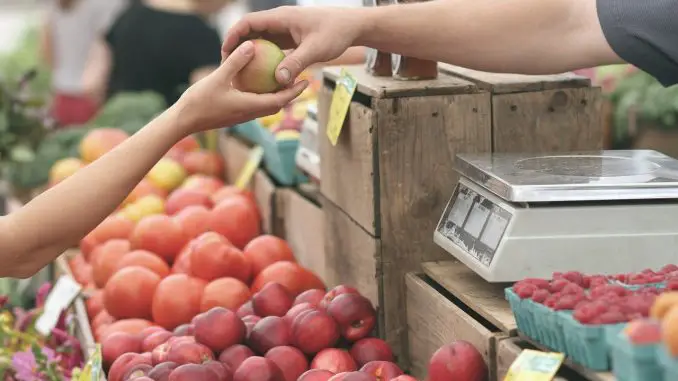
How we produce our food and what we eat has major effects on the climate and the environment. The risk is that the negative impact will increase sharply in the coming years. But the researchers see a solution.
For the next few decades, the impact of today’s food system on the environment is likely to increase significantly. In a new study published in the journal Nature today, researchers expect a 50-90 percent increase by 2050 if continued as today.
The food systems are a major driver of climate change, in changes in how land is used, the over-use of fresh water and pollution of ecosystems both in the seas and on land.
But there are solutions. It is not impossible to produce food for ten billion people in a sustainable way.
Flexitarian diets
When the research team now, for the first time ever at a global level, quantifies how much change is needed to make the food system sustainable within the planet’s boundaries, the solution is both about how we produce the food, what we eat and what happens to what we do not eat or that may never even reaches the plate.
Production is about improving the methods. For example, the pressure on agricultural land must be limited and the use of fresh water must be reduced.
An extensive reorganization of production is required, which involves increased investments in research and infrastructure, but also instruments and support to the farmers to use the best methods.
For consumers, it will be important what goes on the plate. Anyone who needs further arguments to move to a healthier diet is served one here. The researchers recommend more so-called “flexitarian diets”, simply to eat more plant-based. At a global level, a larger proportion of vegetables on the plates could reduce greenhouse gas emissions by more than half. It also reduces nitrogen and phosphorus emissions. The use of agricultural land can decrease and the need for fresh water can be reduced by up to a quarter.
Public sector
But the responsibility lies not only with consumers and producers, according to the researchers. It is about making decisions in both the public sector and business, as well as financial incentives, labeling and dietary advice.
At the same time, food waste must decrease. The food we throw away, or food that never reaches the plate, is measured at 1.6 billion tonnes of food in the world, or just over a third of all food produced according to a new report from the Boston Consulting Group.
Reduce food waste
One of the UN’s sustainable development goals, Objective 12.3, is to halve the food waste by 2030 when the goals are to be achieved. Objective 12 is about responsible consumption and production, but reducing food waste is also an important part of achieving the goal of reducing hunger globally when every ninth person in the world is still malnourished.
The new study presented, Options for keeping the food system within environmental limits, also highlights the importance of halving global food waste, which could reduce the environmental impact by 16 percent.
The researchers also emphasize that all the methods together are required to change.
“The study clearly shows that no solution alone is sufficient to avoid crossing the planet’s boundaries. But if the solutions are implemented together, we can produce enough food to feed a growing population in a sustainable and healthy way, “says Dr. Marco Springmann at Oxford University, who led the study.
Leave a Reply